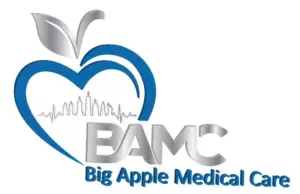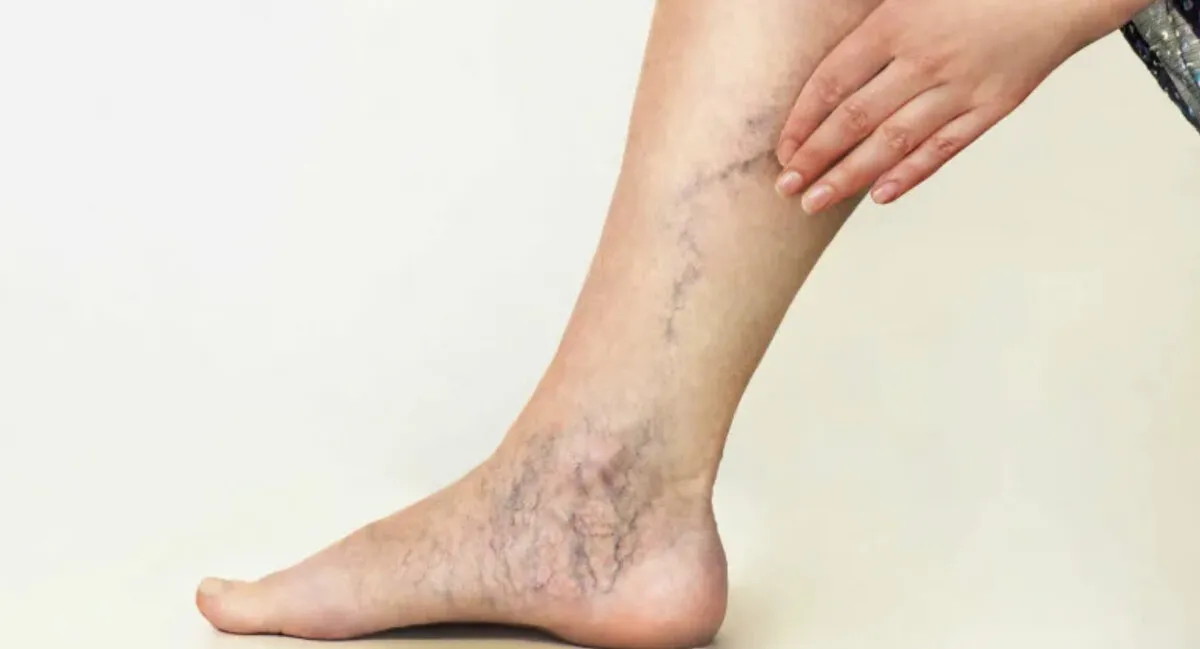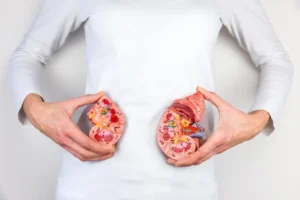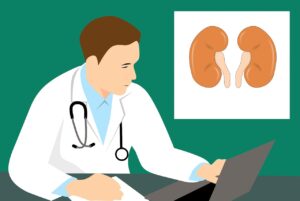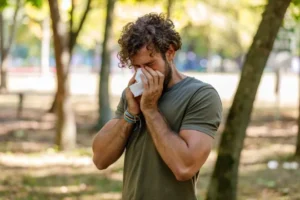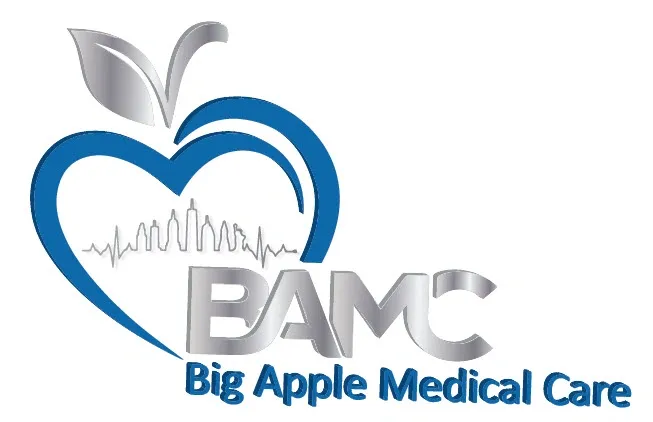Can Spider Veins Come Back After Treatment? Bay Ridge Insights
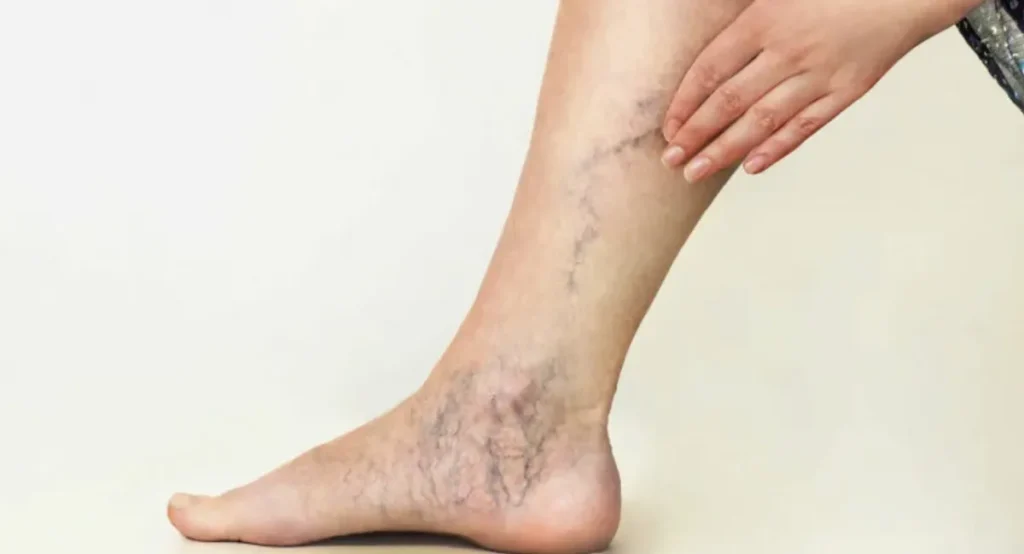
Spider veins affect countless residents in Bay Ridge, Brooklyn, prompting many to seek treatment at trusted facilities like Big Apple Medical Care. These visible web-like vessels near the skin’s surface can impact both confidence and comfort.
While spider vein treatments are highly effective, new spider veins can develop in different areas over time due to genetic predisposition, hormonal changes, or lifestyle factors. The initial treatment eliminates specific problematic vessels, but it cannot prevent new ones from forming.
Professional vein specialists can create personalized treatment plans to address both existing spider veins and preventive measures. Regular monitoring and maintenance treatments help maintain long-term results and catch new developments early.
Understanding Spider Veins and Their Causes
Spider veins and their causes stem from specific vascular changes that affect millions of people. These small, visible blood vessels develop through various physiological processes and lifestyle factors.
What Are Spider Veins?
Spider veins are small, damaged blood vessels that appear near the surface of the skin. They typically form web-like patterns in red, blue, or purple colors.
These tiny vessels, also called telangiectasias, measure between 0.5 and 1 millimeter in diameter. The condition affects up to 50% of adults during their lifetime.
Spider veins commonly appear on the legs, face, and chest. They develop when small blood vessels dilate and become visible through the skin’s surface.
Common Causes and Risk Factors
Genetics plays a significant role in spider vein development. People with family members who have spider veins face a higher risk of developing them.
Age-related factors contribute significantly, as vessel walls naturally weaken over time. Women over 50 are particularly susceptible to developing these visible vessels.
Key Risk Factors:
- Prolonged standing or sitting
- Pregnancy
- Hormonal changes
- Obesity
- Sun exposure
- High blood pressure
Physical trauma or injury to the skin can trigger spider vein formation. Certain occupations requiring extended periods of standing increase the risk.
Differences Between Spider Veins and Varicose Veins
Spider veins appear as thin lines or web patterns on the skin’s surface. They rarely cause physical discomfort and are primarily a cosmetic concern.
Varicose veins are larger, raised vessels that can cause pain and discomfort. These vessels measure more than 3 millimeters in diameter and often appear rope-like.
Comparison Table:
| Feature | Spider Veins | Varicose Veins |
|---|---|---|
| Size | 0.5-1mm | >3mm |
| Appearance | Flat, web-like | Raised, rope-like |
| Color | Red, blue, purple | Blue, purple |
| Symptoms | Usually none | Often painful |
| Location | Surface level | Deeper in tissue |
Treatment Options for Spider Veins
Medical advances have made spider vein treatment more effective and accessible than ever, with multiple proven methods available to eliminate these visible vessels.
Sclerotherapy Explained
Sclerotherapy remains the gold standard for treating spider veins. This procedure involves injecting a special solution directly into affected veins, causing them to collapse and fade away.
The solution irritates the vein walls, making them stick together and seal shut. Blood flow redirects to healthier veins nearby.
Most patients need 2-3 treatment sessions for optimal results. Each session typically takes 15-30 minutes.
Compression stockings are essential after treatment, typically worn for 1-2 weeks to enhance results and prevent complications.
Laser Therapies and Technology
Surface laser treatments target spider veins through the skin without needles. The laser energy converts to heat, destroying the tiny blood vessels while leaving surrounding tissue unharmed.
Endovenous laser therapy (EVLT) works well for larger feeder veins that often contribute to spider vein formation.
Intense Pulsed Light (IPL) therapy offers another non-invasive option. It uses multiple wavelengths of light to target and eliminate visible vessels.
Treatment sessions typically last 20-30 minutes. Most patients require 2-4 sessions spaced several weeks apart.
Surgical Alternatives
Radiofrequency ablation provides a minimally invasive surgical option for treating larger veins that feed into spider vein clusters.
The procedure uses heat from radiofrequency energy to seal problematic veins. Local anesthesia makes the treatment comfortable.
Recovery time is minimal, with most patients returning to normal activities within 24 hours.
This option works best when combined with sclerotherapy or laser treatments for comprehensive results.
Maintaining Results and Preventing Recurrence
Spider vein treatment outcomes depend significantly on post-procedure care and lifestyle adjustments. Regular maintenance combined with healthy habits creates the strongest defense against new spider veins developing.
Importance of Follow-Up
Post-treatment monitoring helps identify and address potential complications early. Patients should attend scheduled check-ups at their vein specialist to evaluate healing progress.
Mild swelling and discomfort typically subside within 1-2 weeks after treatment. Any persistent symptoms should be reported promptly to the medical provider.
Compression stockings play a vital role during the recovery period. Wearing them as directed helps optimize blood flow and supports the treated vessels.
Lifestyle Modifications for Sustained Results
Regular physical activity improves circulation and vein health. A 30-minute daily walk or swimming session strengthens leg muscles and promotes blood flow.
Maintaining a healthy weight reduces pressure on leg veins. Extra pounds can strain capillaries and contribute to new spider vein formation.
Elevating legs above heart level for 15-20 minutes, several times daily, aids circulation. This simple practice proves especially beneficial for people with desk jobs.
Sun protection helps preserve treatment results. Applying broad-spectrum SPF 30+ sunscreen shields treated areas from UV damage that can weaken vessel walls.
Breaking up long periods of sitting with movement breaks supports vein health. Standing up every hour activates leg muscles and encourages proper blood flow.
Potential Complications and Side Effects
Spider vein treatments carry specific risks and temporary side effects that patients should anticipate and prepare for during their recovery process.
Understanding the Risks
Blood clots form in rare cases after spider vein treatment, requiring immediate medical attention. A post-treatment ultrasound can detect these complications early.
Permanent scarring occurs in a small percentage of cases, particularly when proper aftercare instructions aren’t followed. The risk increases with certain skin types and treatment methods.
Some patients experience temporary skin discoloration around treated areas. This typically fades within 6-12 months.
Managing Post-Treatment Side Effects
Mild bruising and inflammation commonly appear in treated areas during the first 1-2 weeks. Applying cold compresses helps reduce these symptoms.
Burning sensations and cramping may occur for 24-48 hours post-treatment. Ibuprofen can help manage this discomfort.
Patients should avoid hot showers for the first few days to prevent increased inflammation. Lukewarm water temperatures are recommended.
Leg restlessness and aching typically resolve within 3-5 days. Walking promotes circulation and speeds healing.
Compression stockings reduce side effects and protect treated areas from injury during the recovery period.
Book Appointment
Take the first step toward treating spider veins by scheduling an appointment at Big Apple Medical Care in Bay Ridge, Brooklyn. Contact the clinic at 718-333-5120 to speak with the friendly staff and book a consultation with a vein specialist. They accept most major insurance plans. Visit the modern medical facility located at 7322 5th Ave, Brooklyn, NY 11209. The office provides convenient scheduling options with flexible hours to accommodate busy schedules.
Walk-in appointments may be available, but scheduling in advance ensures minimal wait times and focused attention from the medical team. The initial consultation includes a thorough examination and personalized treatment recommendations based on each patient’s specific vein concerns and medical history.
Frequently Asked Questions
Common spider vein treatment concerns include recurrence rates, treatment effectiveness, and potential side effects. Patients seek reliable answers about their vein care options and long-term results.
What are the chances of spider veins reoccurring after treatment?
Spider veins can reoccur in 30-60% of patients within 3-5 years after treatment. The risk varies based on factors like genetics, lifestyle, and underlying vein conditions.
Regular exercise and compression stockings can help reduce the likelihood of new spider veins forming.
Can laser treatment cause more spider veins to develop?
Laser treatment does not directly cause new spider veins to form. The appearance of new vessels stems from underlying venous pressure and genetic predisposition.
Professional treatment at specialized centers like Big Apple Medical Care ensures precise targeting of affected vessels.
What should I expect in terms of recurrence after sclerotherapy?
Most patients maintain results for 1-2 years after sclerotherapy. The success rate reaches up to 80% when following post-treatment care instructions.
Maintaining a healthy weight and staying active supports long-term results.
How effective is laser treatment in preventing the return of spider veins?
Laser treatment permanently removes treated vessels with a 70-90% success rate. New spider veins may develop in different areas due to ongoing vascular changes.
Multiple sessions spaced 6-8 weeks apart provide optimal results.
Why might spider veins appear worse after initial treatment?
Temporary darkening or redness occurs as treated vessels break down. This reaction typically resolves within 2-4 weeks.
The healing process varies among patients based on skin type and treatment response.
What are potential side effects, such as trapped blood, after sclerotherapy?
Trapped blood appears as dark spots in treated vessels and usually clears within 4-12 weeks. Minor bruising and skin discoloration affect 10-20% of patients.
Proper post-treatment massage and compression therapy help minimize these effects.
